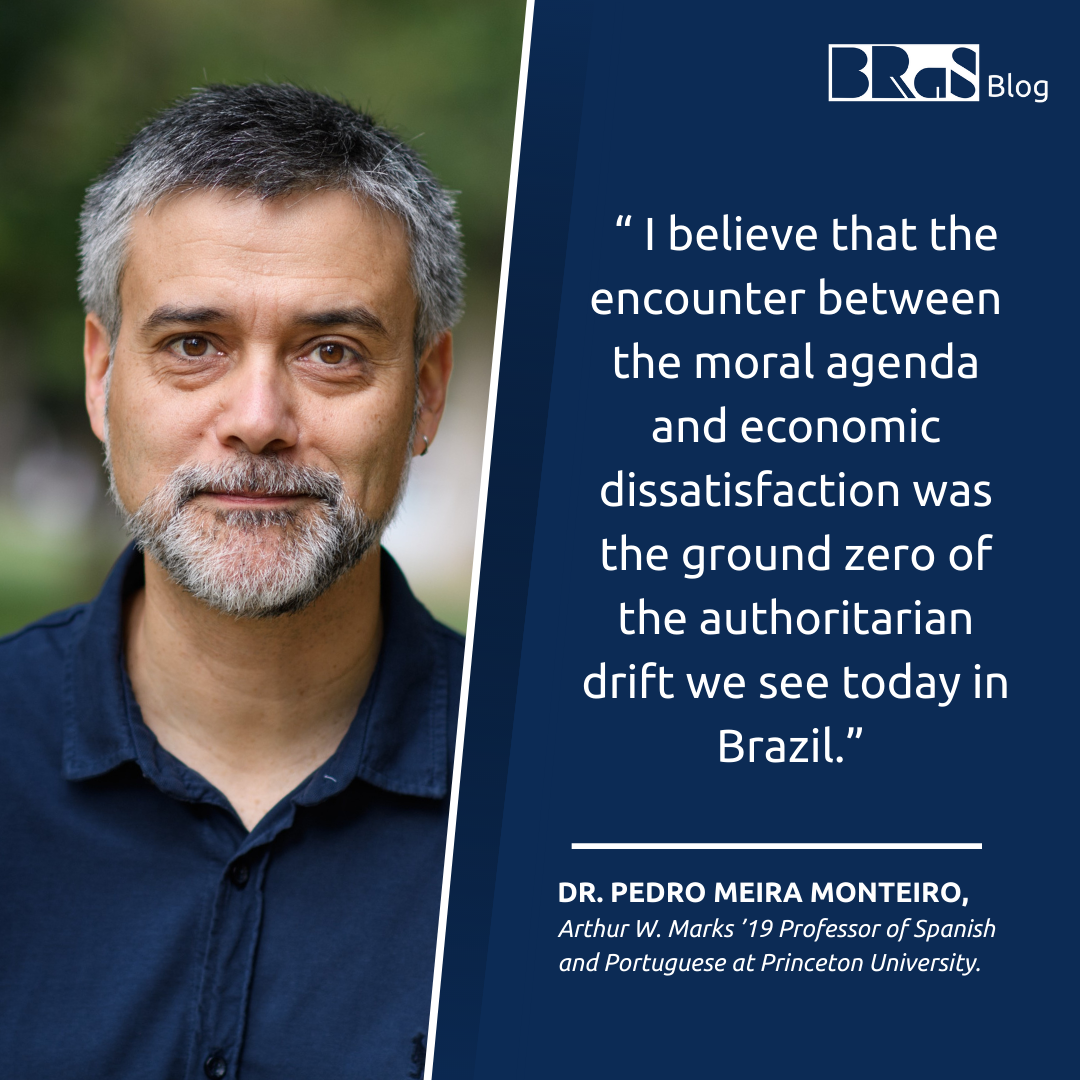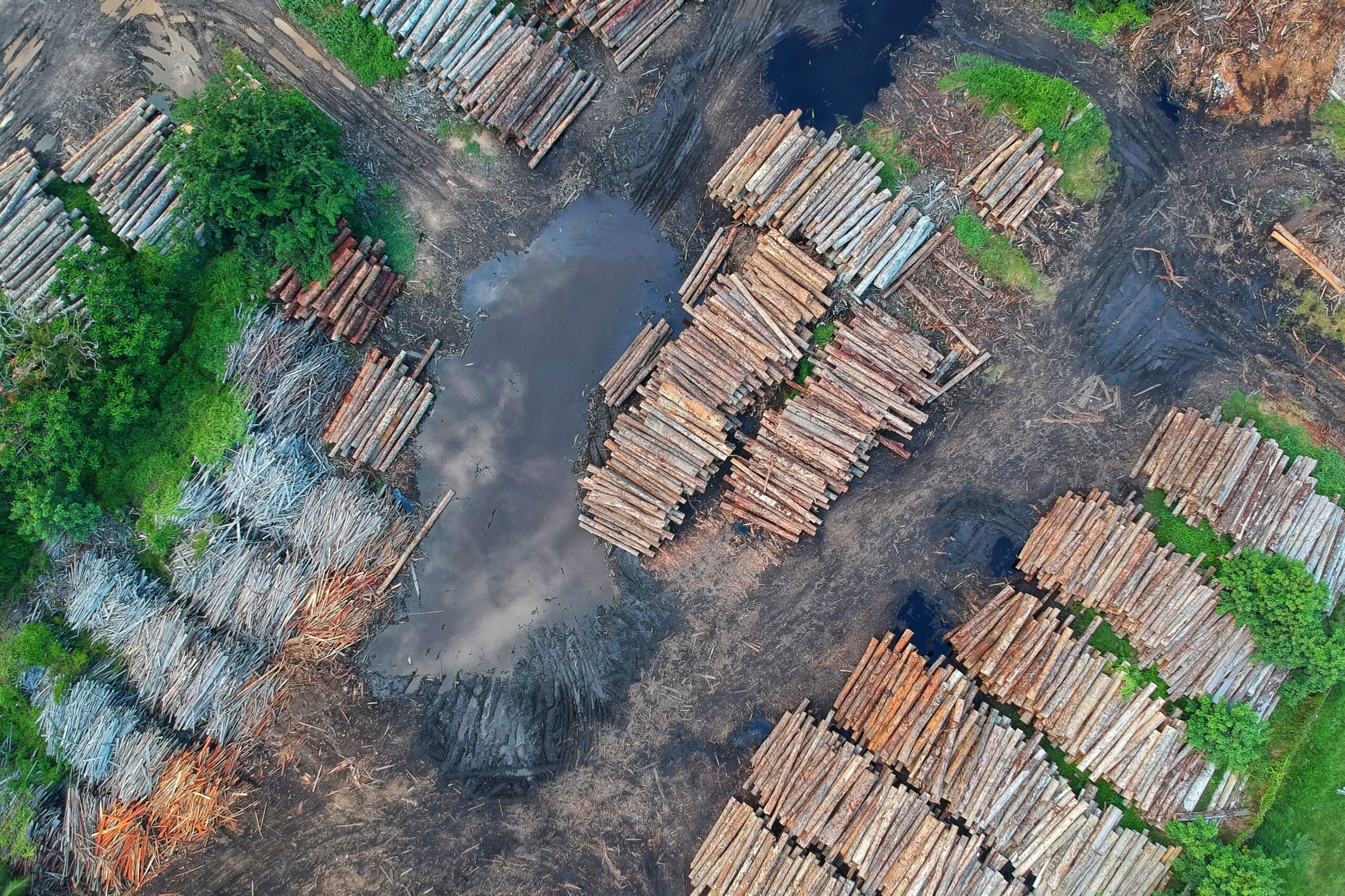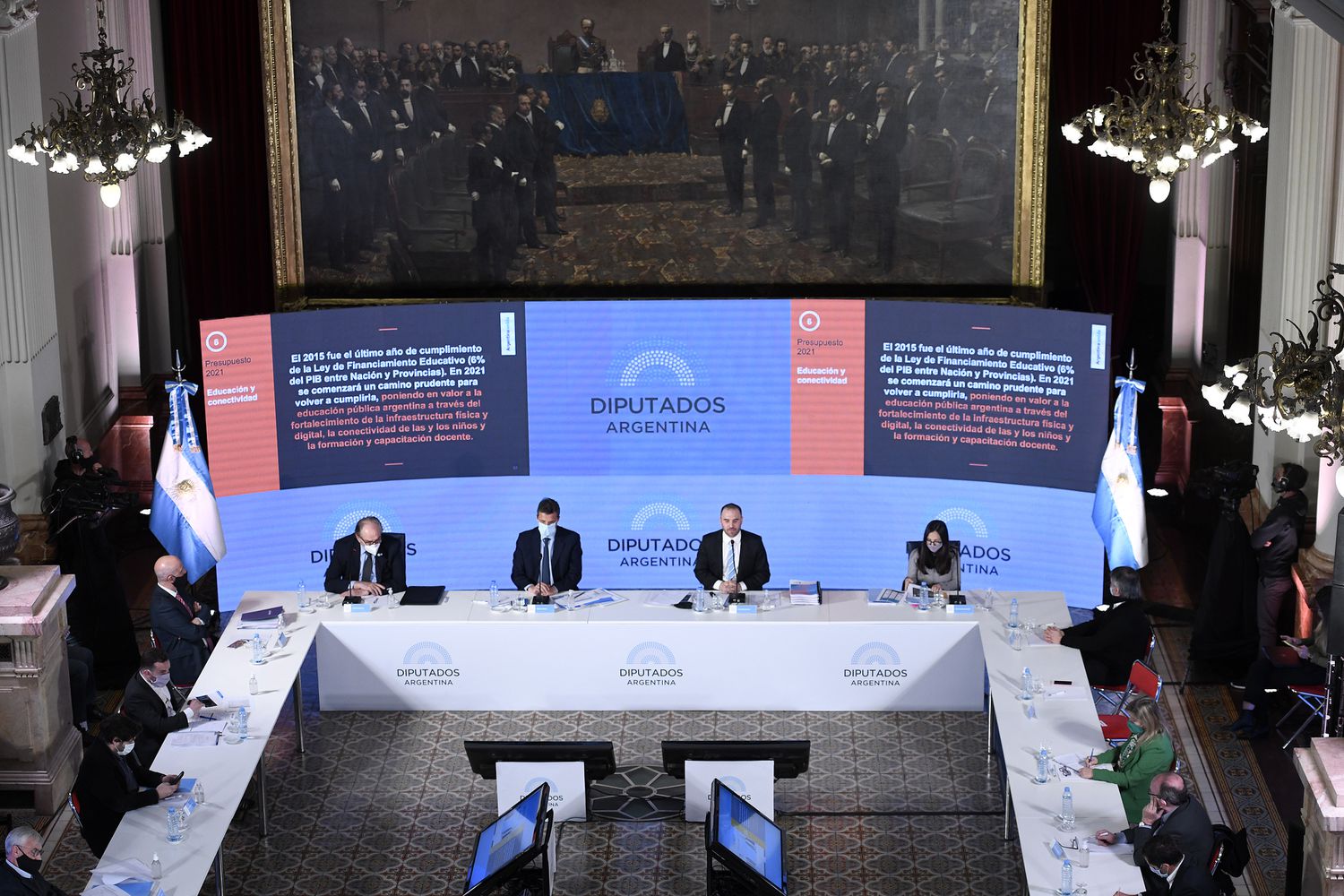by João M. B. Mendonça, professor in the Undergraduate and Post-graduate Program in Anthropology at the Federal University of Paraíba (UFPB), Brazil. Member of the Brazilian Anthropological Association (ABA) and research leader of the Visual Anthropology, Arts, Ethnography and Documentaries group (AVAEDOC/UFPB)
Reviewed by Matheus Lucas Hebling
The anthropological legacy of the German-brazilian researcher Curt Unckel Nimuendaju (1883-1945) has been subject of many reflections in the last decade (Schroder, 2011, 2019; Barros, 2013; Faulhauber, 2011, 2013; Tambascia, 2015, 2020; Welper, 2016, 2019, 2020; Petschellies, 2019, among others). His works was developed in dozens of indigenous tribes and implies a broader network, involving Brazilian and international institutions. In this short text I’d like to present some notes about Curt Nimuendaju and Robert Lowie (1883-1958) partnership. It came from a post-doctoral research entitled “From the urban institutions to the electronic sites: ethnography of photographic collections and anthropological archives in Berkeley”[1].
A general question guided it: how can we reflect upon the processes of digitization of anthropological images and archives, their conditions of use and online availability, ethical issues, policies and potentialities of its contemporary uses? Another correlated question is about how archive collections were formed and managed throughout the time? Although the goals of this research-plan are mainly focused on photographic collections, other concerns are closely related, in terms of history of anthropology and nowadays ethnographic practices from the digital archives.
According to Jacknis, new forms of reproduction “(…) make possible a new kind of archives (…) the sharing and duplication of collections between distant repositories (…)” as “(…) the simultaneous preservation (by archives) and analysis (by students) of collections (…).” (Ibid.). He continues: “(…) In a sense, such technology is a form of publication that moves archives away from the model of museums (unique items) and more to that of libraries (multiple copies).” (Jacknis, 2002, p. 217). David Zeitlyn reflected upon the “orphanage (hospices)” and the “performance records”, both as models dealing with the anthropological research and archives (Zeitlyn, 2012). Both authors help us to think about how can we share anthropology[2] from archives?
Concerning to the period of the Nimuendaju-Lowie partnership, between the 1930s and 1940s, the records preserved in the UCB were separated in different collections, located in diverse Campus buildings. Bearing in mind that the Department of Anthropology was founded in 1901, there’s a lot to think about how these records accumulated was preserved and organized (see Jacknis, 2002). One of the first to conduct archival inventories was the department founder himself, Alfred Kroeber, in the 1950s (Jacknis, 2002, p. 215). In a nutshell, the continuous processes of archiving (inventorying, splitting, rehousing, repairing, describing, etc.) were the basis for collections, which tended to leave the anthropological department and museum buildings toward the University Archives (incorporated, since 1962, in one of the Bancroft Library[3] divisions) (p. 214).
In a few texts about Curt Nimuendaju (Mendonça, 2002, 2008; Athias, 2014, 2015) there are some reflections on his photographic legacy. Part of it (including glasses negatives), housed in the Rio de Janeiro National Museum of Brazil, was destroyed in a fire in 2018. Fortunately there was a project which made the digitization of these images[4]. It was started in 2004 and published in 2010 on a CD-ROM (CELIN /MN 2010). Electronic technologies also permitted another project: an entire “digital library” devoted to Nimuendaju[5], a resource to whom have interest in his life-work and in the dozens of Brazilian indigenous[6] people he knew, at the first half of twentieth century. Through it, we have links to some of his original books and articles, in format of Portable Document Files (PDF), including those which was also hosted in the UCB digital repositories.
The series of University of California Publications in American Archaeology and Ethnology[7], had Lowie as one of his editors at the time, publishing two entire Nimuendaju books (1946, 1952). The partnership with Lowie, also allowed the English-based publication of other articles and monographs about Brazilian indigenous people (Lowie & Nimuendaju, 1937, 1938, 1939, 1944, 1946) (Nimuendaju, 1939, 1942). So, corresponding to all these published materials, how much of the originals (fieldnotes, letters, pictures, etc.) were archived in Berkeley?
When my research-plan was elaborated, between the second half of 2018 and the beginning of 2019, there weren’t full results to entry “Curt Nimuendaju”[8] in the Online Archives of California[9]. So, apparently, these collections listed below would be the former options in looking for the archived data related to Lowie-Nimuendaju partnership: 1. Robert Harry Lowie papers, 1872-1968 (C-B 927) 2. Records of the Department of Anthropology, 1901-circa 1985 (CU-23); 3. Ethnological documents of the Department and Museum of Anthropology, University of California, Berkeley, 1875-1956 (CU-23.1)[10]. My first work hypothesis considered that Lowie-Nimuendaju writings would be indistinctly embedded within one of these collections[11] and direct research could be reveal it.
In the Robert Lowie papers (C-B 927) I examined[12], I can’t found any of Nimuendaju-Lowie writings. But what seems to be an absence[13] would be revealed, indeed, as a particular trajectory of these Nimuendaju writings sent to Berkeley so long ago. Another Brazilian researcher, Priscila Faulhaber, who was working in anthropological archives of California in 2007-2008, consulted the second collection listed above (CU-23). In a footnote, nevertheless, she mentioned a “list of letters” between Nimuendaju-Lowie, not exactly in the collection of the Department of Anthropology (CU-23). It was transferred by Lowie himself to another Berkeley anthropologist, John Howland Rowe (1918-2004) (Faulhaber, 2013, p. 244)[14].
Why Lowie gave this writings to his colleague and how it was preserved throughout the time? After Rowe’s death in 2004, his papers were donated to the University Archives by Patricia Lyon in 2006, and “processed at folder level in 2013”[15]. The “Curt Nimuendaju papers”, therefore, was “Transferred from the John Howland Rowe papers”, appearing as a collection in the online UCB Library Catalog (Oskicat) under the 2019 time-marker[16]. Both collections are referred as “stored off-site”[17], but while the Rowe papers are “available” for “restricted use”, the Nimuendaju papers until now appears with status “in process”[18].
Writing about Berkeley pioneer anthropologists, Jacknis pointed out that the dispersal of notes and other related field materials, and even the splitting of it “between repositories” (Parezzo, 1996, p. 145-147 apud Jacknis, 2002, p. 215), should be avoided, but
“(…) is an inevitable result of the multiple paths through which field materials flow as they are created and used. (…) Whether through the action of the creator or his/ her literary executors, parts of a scholar’s work may be given to students or colleagues in order that they might “complete” or otherwise use the fieldnotes. (…)” (Jacknis, 2002, p. 215).
So, the relationship between Lowie and Rowe must be studied if we want to clarify the circumstances involved in the preservation of it.
As Nimuendaju-Lowie writings were in danger of being considered “(…) correspondence between people persecuted by Nazism (…)” (Faulhaber, 2013, p. 244), it must be hidden from governments of the time. The same reason made Nimuendaju, who usually used to write to Lowie in German, write in Portuguese his last monograph, about the Tukuna[19] (Grupioni, 1998, p. 226-228). If the original writings to the Tukuna monograph (Nimuendaju, 1952)[20] was preserved in his original version sent to Lowie in 1943, it would be in this Nimuendaju papers (BANC MSS 2019/169)? With current digital technologies, what kind of efforts could be articulated to allow that the indigenous people themselves, as Portuguese readers, have access to it as well as to other Nimuendaju writings?[21]
Finally, as wrote Zeitlyn, “(…) there are no simple answers (nor should we seek any) to the question of whether to archive, and if so how. (…)” (Zeitlyn, 2012, p. 475). From the crossed viewpoints of history of anthropology and intercultural sharing knowledge, new and more detailed researches from Berkeley archives could be expected[22].
Bibliographic references:
Athias, Renato (2014). Curt Nimuendajú and the Photographs of the Rio Negro Indians. Tipití: Journal of the Society for the Anthropology of Lowland South America: Vol. 12: Iss. 2, Article 10, pp. 139-50. Available at: <http://digitalcommons.trinity.edu/tipiti/vol12/iss2/10>. Access: January, 22, 2021.
______ (2015). As Fotografias de Curt Nimuendajú dos Índios do Rio Negro. In: Athias, R. (org.) Reconhecimento dos Rios Içana, Ayari e Uaupés: apontamentos linguísticos e fotografias de Curt Nimuendajú. Rio de Janeiro: Museu do Índio. Recife: Editora UFPE, pp. 149-205.
Barros, Nilvânia M. A. de (2013). “Tudo isso é bonito!” O Festival das máscaras Ramkokamekrá: imagem, memória, Curt Nimuendaju. Dissertação de Mestrado/PPGA, Universidade Federal de Pernambuco, Recife-PE, Brasil.
Burger, Richard L. (2007) John Howland Rowe (June 10, 1918 – May 1, 2004). Andean Past: Vol. 8, Article 6. Available at: <https://digitalcommons.library.umaine.edu/andean_past/vol8/iss1/6>. Access: January, 22, 2021.
Faulhauber, Priscila (2011) O Instituto de Antropologia Social (EUA, Brasil e México): um artefato da resposta antropológica ao “esforço de guerra”. Revista Mana, Rio de Janeiro, UFRJ, 17(1), pp. 9- 39.
______ (2013). Conexões internacionais na produção da etnografia de Nimuendajú. Revista de Antropologia, São Paulo, USP, v. 56 nº 1, pp. 207-56.
Jacknis, Ira. (2002) The creation of anthropological archives: a California case study. In: Anthropology, History, and American Indians: Essays in Honor of William Curtis Sturtevant, William L. Merrill and Ives Goddard (eds.) Smithsonian Contributions to Anthropology, Washington, D.C.: Smithsonian Institution, n. 44, pp. 211–20.
Grupioni, Luís D. B. (1998). Coleções e expedições vigiadas: os etnólogos no Conselho de Fiscalização das Expedições Artísticas e Científicas no Brasil. São Paulo: HUCITEC/ANPOCS.
Lowie, Robert H. and Nimuendaju, Curt (1937a). The Dual Organizations of the Ramko’kamekra (Canella) of Northern Brazil. American Anthropologist, 39(4), pp. 565-82. Available at: <https://escholarship.org/uc/item/1gf9v20k>. Access: January, 22, 2021.
______ (1937b) The Gamella Indians. Primitive Man, v. 10, pp. 1-10.
______ (1938). The Social Structure of the Ramko’kamekra. American Anthropologist, 40(1), pp. 51-74. Available at: <https://escholarship.org/uc/item/4xw4g960>. Access: January, 22, 2021.
______ (1939) The Associations of the Šerénte. American Anthropologist, v. 41, n. 3, pp. 408-15.
______ (1944). Šerénte Tales. The Journal of American Folklore, v. 57, n. 225, pp. 181-87.
______ (1946). Social Organization and Beliefs of the Botocudo of Eastern Brazil. Southwestern Journal of Anthropology, v. 2, n. 1, pp. 93-115.
Mendonça, João M. B. de (2002). Fotografias de Curt Nimuendaju e de Cardoso de Oliveira entre os Tikuna. Cadernos de Antropologia e Imagem, Rio de Janeiro, UERJ, v.14, pp. 73 – 94.
______(2009). O Fotógrafo Curt Nimuendajú. Revista AntHropológicas, Recife, UFPE, ano 13, vol. 20(1), pp. 121-152.
Nimuendaju, Curt (1939) The Apinayé. Anthropological Series, v. 8. Washington: The Catholic University of America Press.
______(1942) The Šerente. Publications of the Frederick Webb Hodge Aniversary Publication Fund, v. 4. Los Angeles: The Southwest Museum.
______(1946). The Eastern Timbira. University of California Publications in American Archaeology and Ethnology, v. 41, Berkeley and Los Angeles: University of California Press.
______(1952). The Tukuna. University of California Publications in American Archaeology and Ethnology, v. 45, Berkeley and Los Angeles: University of Califórnia Press.
Petschellies, Erik (2019). As redes da etnografia alemã no Brasil (1884-1929). Tese de Doutorado em Antropologia Social, Universidade Estadual de Campinas (UNICAMP), Campinas-SP, Brasil.
Rouch, Jean (1975). The camera and man. In: Hockings, P. (ed.) Principles of Visual Anthropology. The Hague and Paris: Mouton publishers, pp. 83-102.
Schröder, Peter (2011). Curt Nimuendajú e os museus etnológicos na Alemanha. Revista AntHropológicas, 22(1), pp. 148-167. Available at: <https://periodicos.ufpe.br/revistas/revistaanthropologicas/article/view/23740>. Access: January, 22, 2021.
______(2019). Nimuendajú e o Museu Etnológico de Berlim: história de uma coleção quase esquecida. In: Bérose – Encyclopédie internationale des histoires de l’anthropologie, Paris. Available at: <URL Bérose :article1647.html >. Access: January, 22, 2021.
Tambascia, Christiano K. (2015). Para além das vidas de Nimuendaju: constituição de narrativas da história da antropologia. In: Kofes, S.; Manica, D. (orgs.). Vida e grafias: narrativas antropológicas, entre biografia e etnografia. Rio de Janeiro: Lamparina & FAPERJ.
______(2020). «Não sei como hei de viver»: os bastidores da etnografia de Curt Nimuendajú. In: Bérose – Encyclopédie internationale des histoires de l’anthropologie, Paris. Available at: <URL Bérose: article2033.html>. Access: January, 22, 2021.
Welper, Elena M. (2016). Da vida heroica ao diário erótico: Sobre as mortes de Curt Nimuendajú. Revista Mana: Estudos de Antropologia Social, 22 (2), pp. 551–86. Available at: <https://doi.org/10.1590/1678-49442016v22n2p551>. Access: January, 22, 2021.
______(2018). ‘Segredos do Brasil’: Curt Nimuendajú, Robert Lowie e os índios do nordeste. Revista de Antropologia 61 (3), pp. 7–51. Available at: <https://doi.org/10.11606/2179-0892.ra.2018.152044>. Access: January, 22, 2021.
______(ed.) (2019). O chamado da selva: A correspondência entre Curt Nimuendajú e Herbert Baldus. Translated by Peter Welper. Rio de Janeiro: Camera Books.
______(2020) Interwar anthropology from the global periphery: Curt Nimuendajú’s correspondence with Robert Lowie and Claude Lévi-Strauss. HAU: Journal of Ethnographic Theory. Volume 10, number 2. Available at: <https://doi.org/10.1086/710063>. Access: January, 22, 2021.
Zeitlyn, David. (2012) Anthropology in and of the Archives: possible futures and contingent pasts. Archives as anthropological surrogates. Annual Review of Anthropology, 41(1), pp. 461-480.
———————————————————————————–
[1] I am grateful to Ira Jacknis (Phoebe Hearst Museum of Anthropology) and Julia Byrd (Center for Latin American Studies) for the invitation and support as a Visiting Research Scholar at the University of California, Berkeley (from now on, referred as UCB).
[2] I’m trying to rethink the idea and the practice of a “Shared cinema-anthropology” (Rouch, 1975) in the context of anthropological archival collections, as contributions to decolonization debates.
[3] This Library maintains a public service. See more in: <https://www.lib.berkeley.edu/libraries/bancroft-library/university-archives>. Access: January, 22, 2021
[4] Although the digitized pictures remains available, until now I haven’t heard from anyone who would have kept full copies of the correspondence and other documents of Curt Nimuendaju Archives, burned in the 2018 fire.
[5] Available at: < http://www.etnolinguistica.org/ >. Access: January, 22, 2021. Another project proposed a “virtual museum”, which includes Nimuendaju photographs of the Carlos Estevão Oliveira Ethnographic Collection (State Museum of Pernambuco, Recife/PE). Available at: < http://www3.ufpe.br/carlosestevao/museu-virtual.php>. Access: January, 22, 2021.
[6] While in the USA is more common says “native people”, in Brazil is more usual says “indigenous people”.
[7] A series of 50 edited volumes (1903-1964). Available at: <http://dpg.lib.berkeley.edu/webdb/anthpubs/search?journal=1 >. Access: December, 10, 2018.
[8] His name appears only in the Finding aid of the Anthropological Records (CU-23), within a sub-series 4.
[9] Three electronic address give access to UCB collections information and respositories: OAC (Online Archive of California) <https://oac.cdlib.org/>, Oskicat <http://oskicat.berkeley.edu/> and Calisphere <https://calisphere.org/UCB/collections/>.
[10] In this collection we find the advice: “restricted originals. use microfilm copies only(…)”
[11] This was partially confirmed, as I found a whole paper, type-written by George Stocking Jr., within a series of incoming letters to Luella Cole Lowie (Lowie’s wife) (C-B 927). We’ll see that Nimuendaju-Lowie writings was, indeed, embedded in another collection.
[12] After examining the Robert Lowie papers, as the pandemic grew up and the University Archives was closed since 2020 march 17, this direct research on archival materials in the Bancroft Library Reading Room was interrupted.
[13] We can consider that “(…) absences (…) are significant historical markers. (…)” (Jacknis, 2002, p. 217)
[14] According to Faulhaber footnote 14, the person who gave her access to these Nimuendaju letters in Berkeley, was Patricia Lyon (Faulhaber, 2013, p. 245). She married John H. Rowe in 1970 (Burger, 2007, p. 37).
[15] According to the information available at: <http://oskicat.berkeley.edu/record=b16283752~S1 >. Access: July 15 2020.
[16] Available at: <http://oskicat.berkeley.edu/record=b24981168~S54 >. Access: July 15 2020. I couldn’t found exact information about when this basic data was uploaded to the Oskicat, maybe in 2019 or even in 2020, as the physical collection could have be housed and registered in 2019, but still remaining unavailable to the public online system. It was still unavailable to the Online Archive of California in January, 22, 2021.
[17] “Stored off-site: advance notice required for use” means that a previous scheduling must be done, before these archives could be brought (from another Library building) to the Bancroft Library Reading Room (designed for local research on non-circulating materials).
[18] Information available at: <OskiCat – UC Berkeley Library Web Catalog /Archival M>. Access: January 22 2021. Both collections haven’t a Finding aid, which is available, for instance, in the case of Robert Lowie papers (C-B 927) and in the Records of the Department of Anthropology (CU-23).
[19] The Brazilian Tukuna or Ticuna indigenous people called themselves Maguta.
[20] Perhaps some other related data could be find, looking for the files of William Hohenthal, one of the Lowie PhD students, who was the translator of the Nimuendaju Tukuna monograph (1952). See the “Subseries 1: Ph.D student files” in CU-23 Finding aid (Box 190, folder 25).
[21] As the “(…) archival materials at UC Berkeley are used by (…) native people (…)” (Jacknis, 2002, p. 217), we also can expect that digital facilities will be able to make the Nimuendaju papers used by Brazilian indigenous people. In the Tukuna region, for instance, there’s an Anthropology Undergraduate Course (UFAM) as well as a General Organization of Biligual Tukuna Teachers (OGPTB) and the Maguta Museum, among others institutions, where indigenous people could be interested in these archives concerning their ancestors life.
[22] Elena Welper (2018, 2020) recently wrote about Nimuendaju-Lowie partnership, from her researches on the Curt Nimuendaju Archives in the National Museum of Rio de Janeiro before the fire. From now on, with the remaining Nimuendaju papers in Berkeley University Archives, we’re probably going to amplify our knowledge of it.
Mendonça, João M. B.. 2021. "Sharing knowledge through anthropological archives of the Bancroft library: a research note on Curt Nimendaju and Robert Lowie". Brazilian Research and Studies Blog. ISSN 2701-4924. Vol. 2 Num. 1. Available at: https://www.bras-center.com/sharing-knowledge-through-anthropological-archives-of-the-bancroft-library-a-research-note-on-curt-nimendaju-and-robert-lowie/, accessed on: May 25, 2025.







